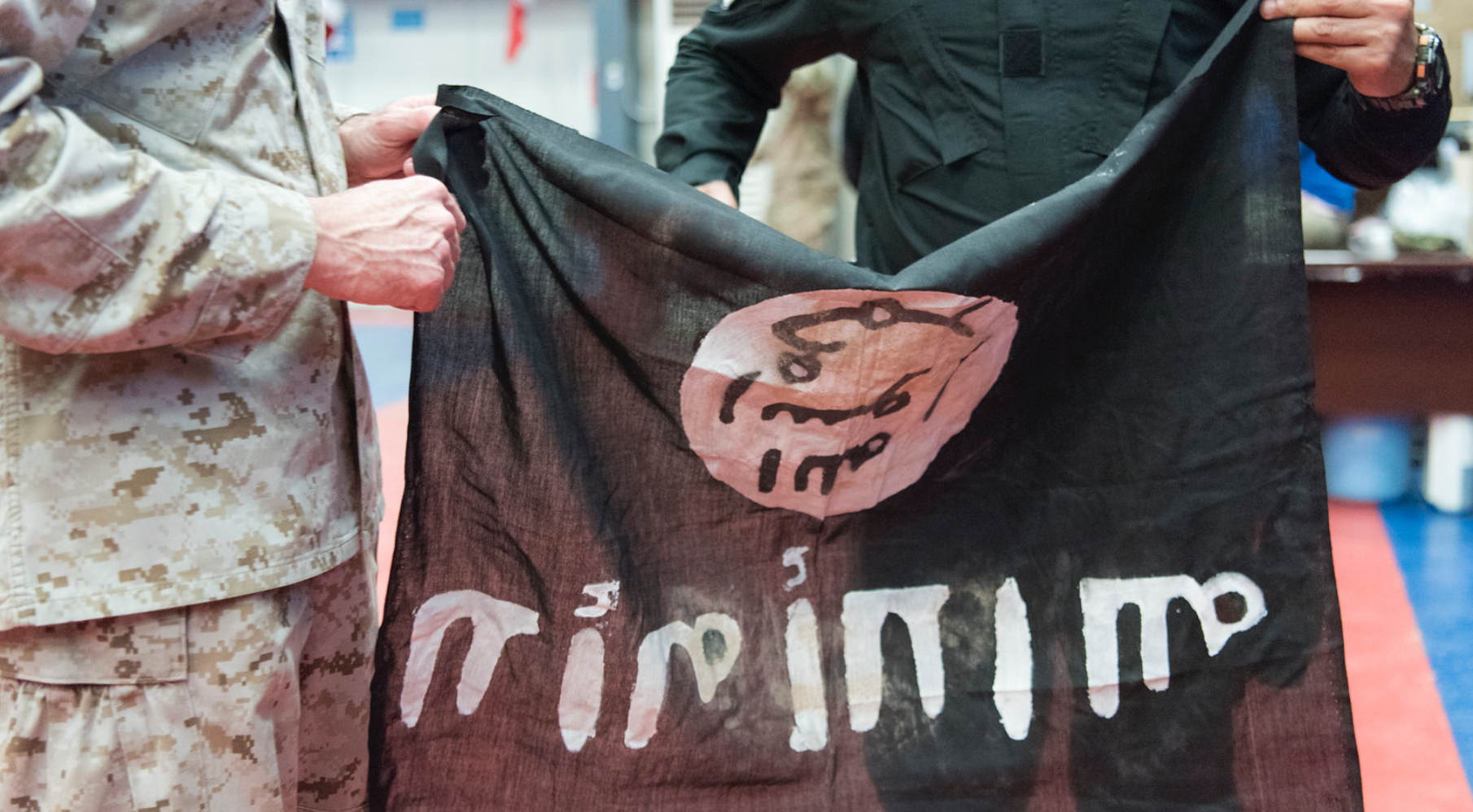The Islamic State (ISIS) appears to be building for a resurgence in Iraq two years after having lost its territorial holdings in the country.
Both Kurdish and Western intelligence officials believe ISIS has formed an effective insurgency. Lahur Talabany, a Kurdish counter-terrorism official, said ISIS has spent the past year rebuilding from the ruins of its former caliphate and, in their efforts, have shown greater sophistication than past insurgencies, BBC reported.
The Islamic State (ISIS) appears to be building for a resurgence in Iraq two years after having lost its territorial holdings in the country.
Both Kurdish and Western intelligence officials believe ISIS has formed an effective insurgency. Lahur Talabany, a Kurdish counter-terrorism official, said ISIS has spent the past year rebuilding from the ruins of its former caliphate and, in their efforts, have shown greater sophistication than past insurgencies, BBC reported.
Talabany said the timing of the unrest is “Heaven or Christmas come early for ISIS.”
A rift between the Baghdad capital and the regional government of Kurdistan has also left a wide area of mostly uncontested land for ISIS to reemerge. Kurdish forces have been the only ones patrolling the region in Northern Iraq, while their Iraqi counterparts have not carried out similar patrol efforts.
Kurdish intelligence officials reportedly believe ISIS’ ranks have swelled to 10,000 in Iraq with about 4,000 to 5,000 fighters and a roughly equal number of sympathizers and sleeper cells. The group may have also been reinforced by around 100 more fighters who crossed over along the border with Syria.
Kurdish Major General Sirwan Barzani said the positions of ISIS and the Kurdish forces resemble those in 2014, when Kurdish forces first launched their offensive against the terror group.
“I can compare 2019 with 2012, when they were beginning, organizing themselves, and getting taxes from the people,” Barzani said. “If the situation continues as it is, in 2020 they will reorganize themselves more, be more powerful and carry out more attacks.”
Some U.S. military officials, however, believe ISIS will be up against a tougher fight this time around.
“The ISF [Iraqi security forces] and the Peshmerga are not the same forces as when Mosul fell,” said U.S. Marine Brigadier General William Seely, Commander of Task Force-Iraq. “We have been here adding to their training. The ISF is keeping their foot on the pedal to ensure the momentum against Daesh [ISIS] remains steady.”
Seely cited a one-month-long period between mid-October and mid-November in which ISF carried out 170 clearance operations and destroyed roughly 1,700 IED components. He also said that while ISIS holds defensible positions in the mountainous regions, they are limited by conditions that prevent them from mobilizing in large number.
Seely said the largest ISIS group he has seen in six months was about 15 fighters.

